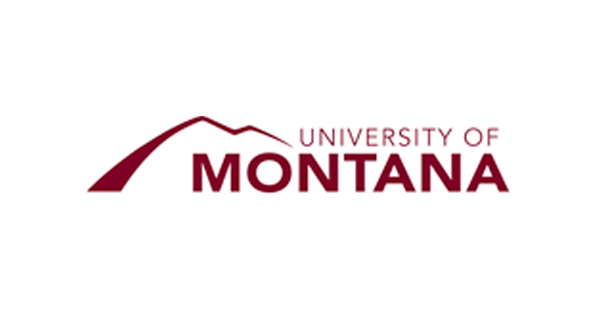
Founded in 1893, the University of Montana is a state university and the largest campus in the University of Montana system. With a rich variety of undergraduate and graduate programs, the University of Montana is focused on its students and committed to helping them achieve their educational goals.
The University of Montana now has 6 different departments using Cascade CMS to manage 163 individual sites published to 7 production web servers. Their users range from highly technical site managers who create their own templates to administrative assistants who are charged with maintaining their departments’ website content. The highly technical users are able to design templates using common blocks to keep the templates in compliance with the University's design guidelines while the less technical users appreciate the simplicity of maintaining their content in the system. The IT team creates the site and migrates all of the old content for them, and they are presented with a new, easy-to-manage site that complies with design standards.
Since implementing Cascade CMS, the IT team describes the web management process at UM as being "vastly improved." With Cascade CMS in place, the IT team has been able to alleviate the challenges and pain points experienced with their old content management process and has seen a substantial time-savings. Time spent on user support and management has been greatly reduced since switching to Cascade CMS as users are now able to more easily update their site. Permission controls for individual users are distributed to site managers rather than being the sole responsibility of the IT team, reducing the IT bottleneck.
Cascade CMS's asset versioning allows users and administrators alike to revert back any changes they make without having to revert the entire site at once. The team also spends less time performing tedious tasks such as image resizing for users, because they are able to integrate this as a file asset factory plugin. Additional time-savings were achieved through the use of index blocks and the velocity engine. Index blocks and the velocity engine enable the team to reuse content without having to update multiple pages by hand.
The benefits of rolling out Hannon Hill's CMS have not been limited to time savings. Brand consistency across the University's multiple sites has also been improved as a result of implementing Cascade CMS. The school has been working toward achieving a unified web presence through the use of a standard header and footer and template sharing across a large number of departmental sites. Additionally, the system allows the IT team and their users to manage sites from any machine, both on and off campus, without the need for any specialized software and allows for publishing to any web server environment on campus.